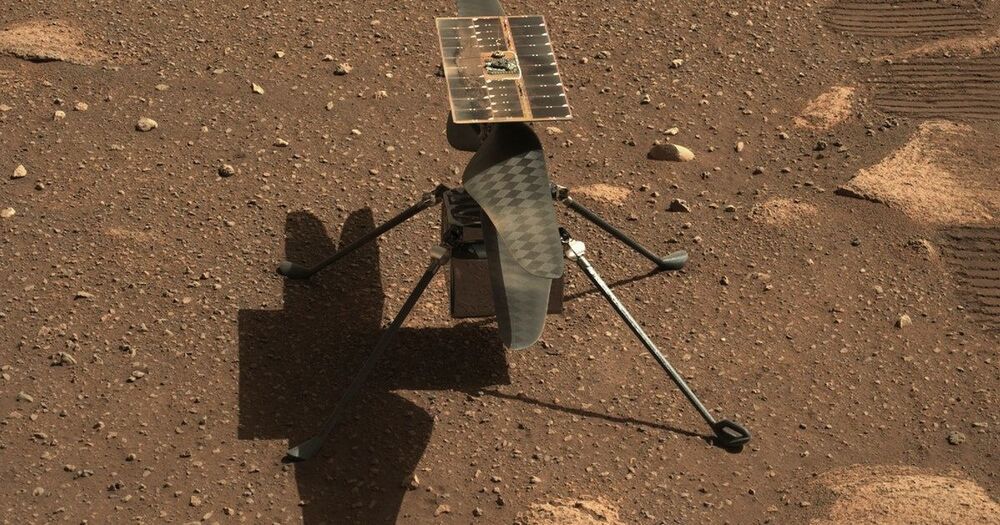Could this be the future of pizza?
Simply log onto the pizza maker’s mobile application, input the number and type of pizzas you want, and the machine will do the rest of the work.
Could this be the future of pizza?
Simply log onto the pizza maker’s mobile application, input the number and type of pizzas you want, and the machine will do the rest of the work.
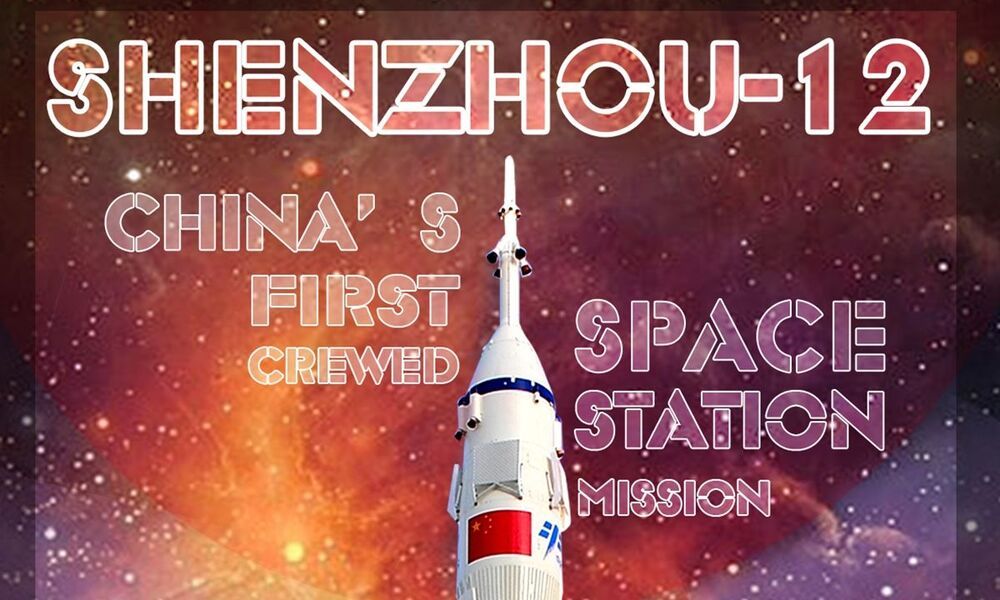
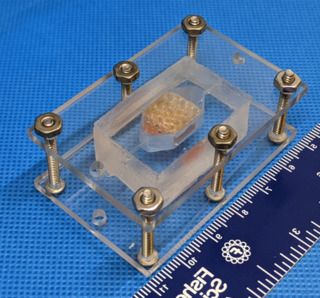
Scientists have successfully grown liver tissue capable of functioning for 30 days in the lab as part of NASA’s Vascular Tissue Challenge.
In 2016, NASA put forth this competition to find teams that could “create thick, vascularized human organ tissue in an in-vitro environment to advance research and benefit medicine on long-duration missions and on Earth,” according to an agency challenge description. Today (June 9), the agency announced not one, but two winners of the challenge.
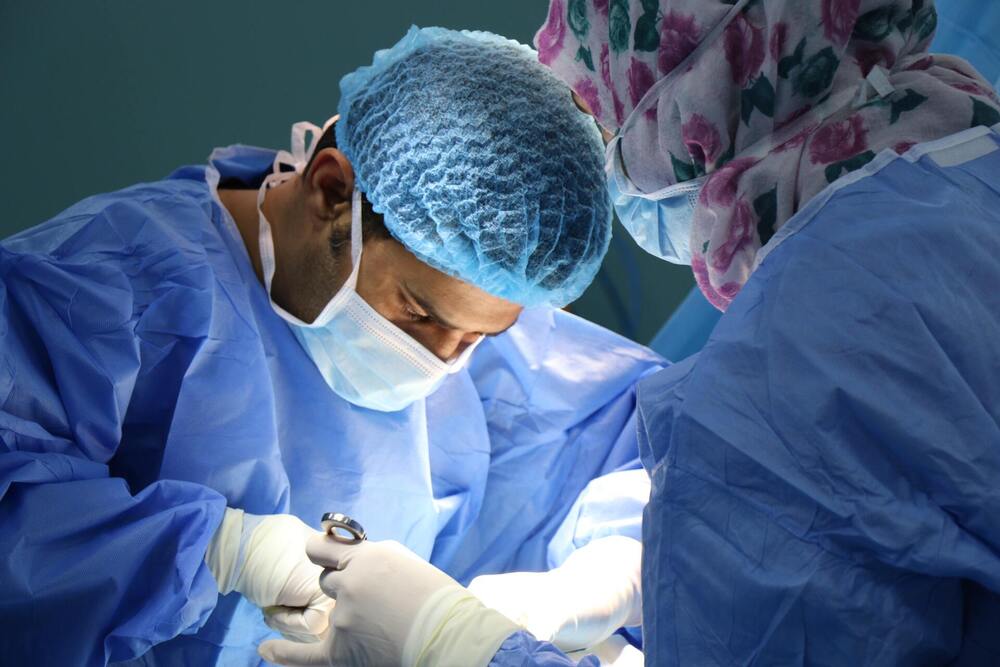
The results of the study have been extremely encouraging, with 12 of the 13 patients showing signs of improved neurological functionality shortly after the treatment was administered. More than half of the patients showed significant improvement, including regaining the ability to walk, as well as regaining fine motor control (such as the ability to use their hands).
Unlike many stem cell treatments which have been successful in the past, this approach does not require the patient to have a reserve of stem cells available (such as cord blood cells), and instead relies on stem cells which are obtained directly from the patient. A bone marrow sample was extracted in order to first acquire a sample of stem cells (known as mesenchymal stem cells), which were then grown (expanded) in a laboratory for the number of weeks before being injected into the patient’s bloodstream via intravenous injection. These cells would then migrate to the spinal cord and repair the damaged tissue.

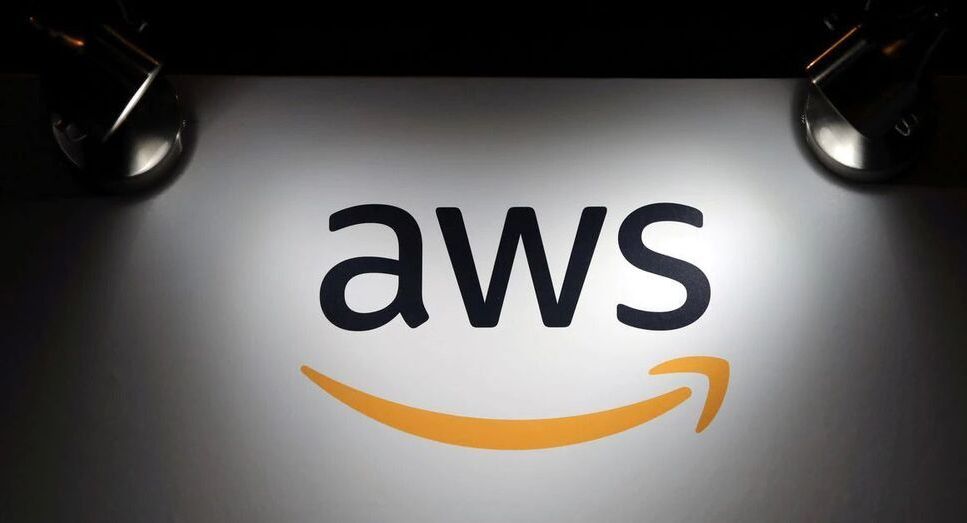
Amazon Web Services (AMZN.O) said it will open data centers in Israel, with the announcement coming weeks after Israel signed a deal with AWS and Google for a more than $1 billion project to provide cloud services for its public sector and military.
In April, AWS and Google (GOOGL.O) won a tender for the four phase project known as “Nimbus”. read more
“Today, Amazon Web Services Inc, an Amazon.com company, announced it will open an infrastructure region in Israel in the first half of 2023”, AWS said in a statement on Friday.
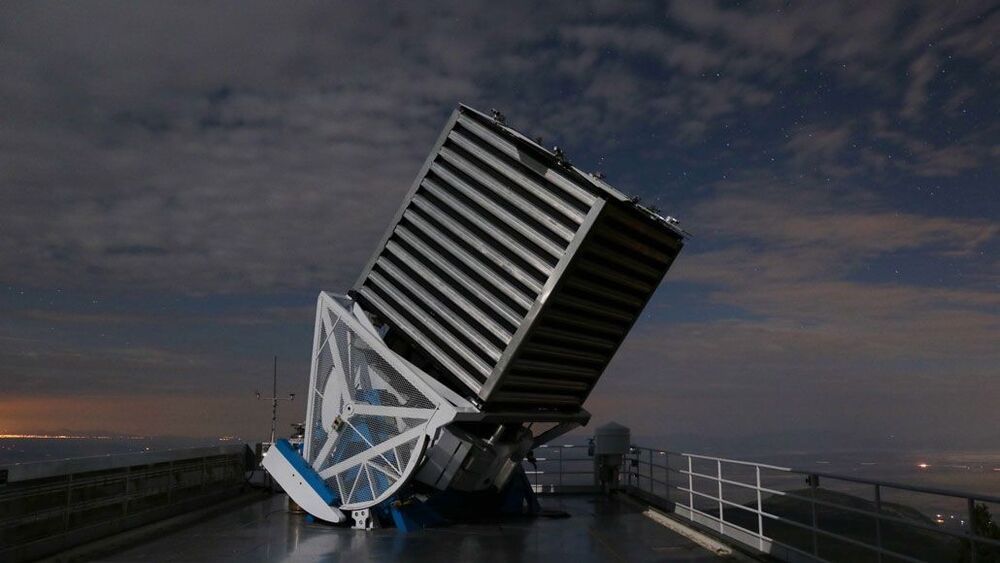
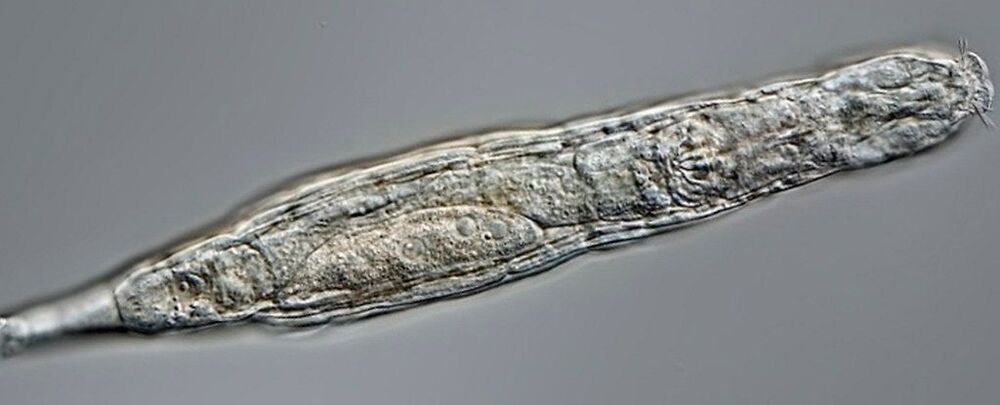
For tens of thousands of years, a microscopic creature lay frozen and immobile underground in the Siberian permafrost.
Yet, when scientists thawed it out, the tiny multicellular animal didn’t just revive — it reproduced, suggesting that there is a mechanism whereby multicellular animals can avoid cell damage during the freezing process and wake up ready to rumble.
“Our report is the hardest proof as of today that multicellular animals could withstand tens of thousands of years in cryptobiosis, the state of almost completely arrested metabolism,” said biologist Stas Malavin of the Soil Cryology Laboratory at the Institute of Physicochemical and Biological Problems in Soil Science in Russia.

